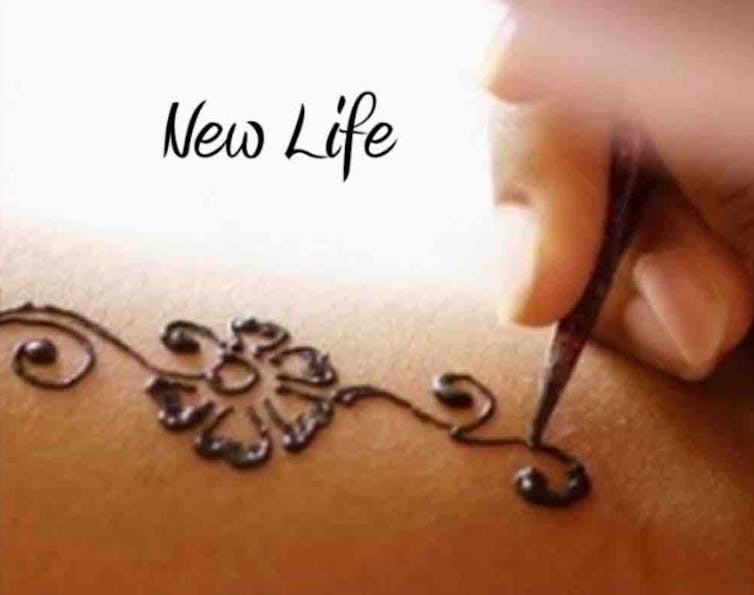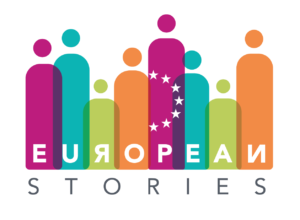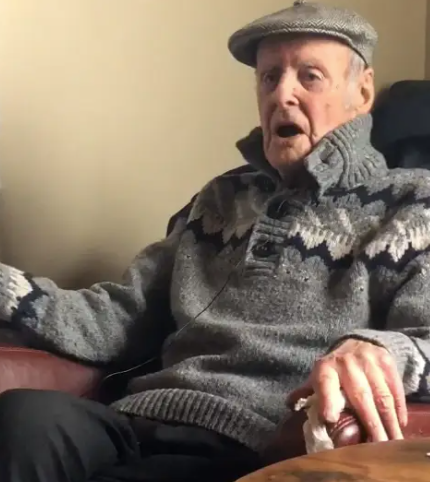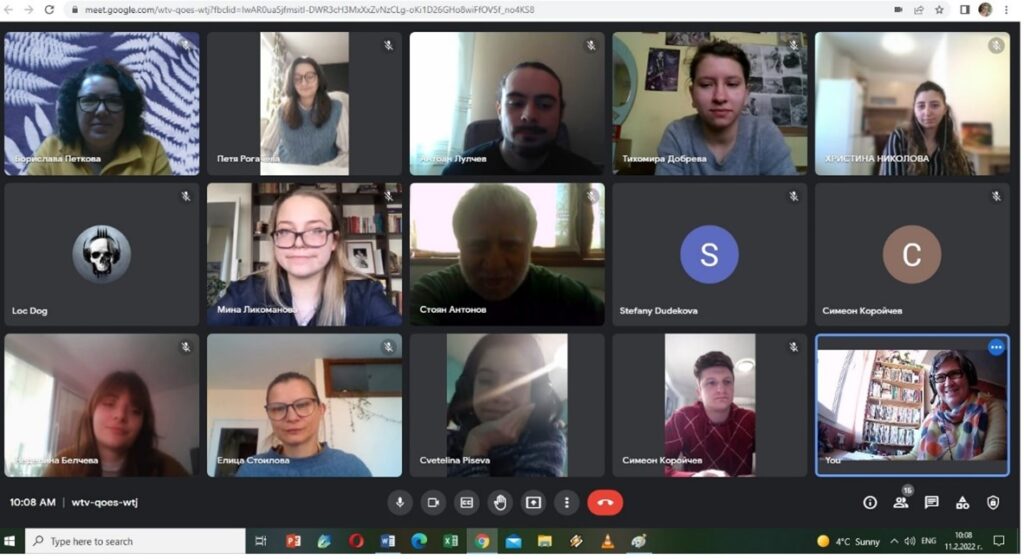Storytelling is innate to humans. For millennia, ever since cave paintings were used to record practices, storytelling in all its different forms and genres has contributed to rich cultural traditions from one generation to the next.
Like people themselves, storytelling methods have changed over time. Digital storytelling is one such approach. Digital storytelling was originally used in community development, or more broadly for artistic and therapeutic purposes. More recently, it has been adapted as an arts-based research approach due to the creative potential of using digital means to create and share stories to audiences including decision makers. Its most common form is a three to five minute movie with images, sounds, music and voice-over narration of a person’s story.
Maha’s story – New Life
Originally from Sudan, Maha felt confused, lost, and frustrated when she first arrived to Brisbane, Australia. She wondered whether she had made a big mistake. Everything looked strange and unfamiliar, and she didn’t know where to go to buy the essentials for her four children.
Through the digital storytelling process, Maha shared poignant examples of her difficulties. At one point, she had to sell her rings because her family went without food for two days. But, as she said in her digital story:
I’m a fighter.

In her video, Maha spoke of her determination to turn her situation around for her children’s sake, and not be seen as a “helpless” single refugee woman.
Maha now helps other families who arrive to Australia and feel the same confusion she experienced. She hopes that these new families’ adaptation will be made easier through her assistance.
Usually, the label of “refugees” does not offer opportunities to understand unique stories such as Maha’s. Women and men experience settlement differently, and there is also much diversity among women.
Digital stories are a great way to enter a space to witness and understand what matters most to the “protagonist”. In this way, women’s stories are valued, their issues are not missed, and they can participate in a process where they recognise their own strengths and hopes for the future – and not just difficulties.
Egenie remembers her father
Egenie’s story is called Ubuntu = Togetherness. Ubuntu is an African philosophical concept that speaks to the bond that connects people despite differences.
She was born in the DRC and the memories that matter most to her are about a happy childhood surrounded by love and support. Later, Egenie and her family were displaced and forced to live in a tent in Durban, South Africa. That’s when things became difficult. In her video, she said:
It was an open cage, a prison with no roof or walls to shield us. People who were sleeping alongside my family in that park were not bound by ubuntu.
Egenie faced the hardest challenge of her life during that time: her father disappeared when the makeshift camp was attacked one night. She and the rest of her family managed to move to a safe environment, and eventually to Australia. When we met in Brisbane in 2015 to talk about her story she still didn’t know whether her father was dead or alive.
The memories of her father helped Egenie become an active community leader. She uses the support of those around her who want to see her flourish and embrace new opportunities in Australia. She sees herself as an agent of change whose strength comes from the tragic episodes of her life.
Article from: https://theconversation.com/refugee-women-use-their-voices-through-digital-storytelling-97870



